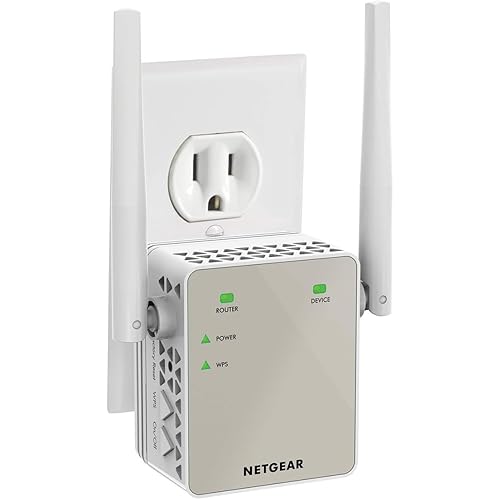TP-Link Omada Hardware Controller | SDN Integrated | PoE Powered | Manage Up to 100 Devices | Easy & Intelligent Network Monitor & Maintenance | Cloud Access & Omada App (OC200)








Buy Now, Pay Later
- – 6-month term
- – No impact on credit
- – Instant approval decision
- – Secure and straightforward checkout
Ready to go? Add this product to your cart and select a plan during checkout.
Payment plans are offered through our trusted finance partners Klarna, Affirm, Afterpay, Apple Pay, and PayTomorrow. No-credit-needed leasing options through Acima may also be available at checkout.
Learn more about financing & leasing here.
Selected Option
This item is eligible for return within 30 days of receipt
To qualify for a full refund, items must be returned in their original, unused condition. If an item is returned in a used, damaged, or materially different state, you may be granted a partial refund.
To initiate a return, please visit our Returns Center.
View our full returns policy here.
Recently Viewed
Model: Hardware Controller
Features
- Hardware Controller with Professional Network ManagementCentralized management for up to 100 Omada devices including Omada access points, Omada Security Gateways and Jetstream switches.
- Dual power selectionSupport PoE (802.3af/802.3at) and micro USB for flexible installations.
- Easy Network Monitor & MaintenanceThe easy-to-use dashboard makes it simple to see your real-time network status and improve network maintenance for peace of mind.
- Cloud Access with No License FeeEnjoy cloud service with no license fee with the use of OC200. Remote Cloud access and Omada app brings centralized cloud management of the whole network from different sitesall controlled from a single interface anywhere, anytime.
- SDN CompatibilityFor SDN usage, make sure your devices/controllers are either equipped with or can be upgraded to SDN version. OC200 work only with SDN access points, switches & gateways. For devices that are compatible with SDN firmware, please visit TP-Link website.
- Limited Lifetime WarrantyBacked by our industry-leading limited lifetime warranty and free 24/7 technical support, you can work with confidence.
Description
OC200 omada Cloud Controller provides centralized management of the whole omada network. Monitor statistics in real-time, view a graphical analysis of network traffic, create a captive portal, upgrade and reboot your system, and effortlessly scale your network to boost your business. Omada offers free cloud access to its centralized management platform. Take your network with you wherever you go.
Wireless Type: Bluetooth
Brand: TP-Link
Series: OC200
Item model number: OC200
Hardware Platform: Windows;Linux
Item Weight: 10.6 ounces
Product Dimensions: 3.93 x 3.86 x 0.98 inches
Item Dimensions LxWxH: 3.93 x 3.86 x 0.98 inches
Color: Black
Processor Count: 1
Manufacturer: TP-Link
Country of Origin: Vietnam
Is Discontinued By Manufacturer: No
Date First Available: November 15, 2018
Frequently asked questions
To initiate a return, please visit our Returns Center.
View our full returns policy here.
- Klarna Financing
- Affirm Pay in 4
- Affirm Financing
- Afterpay Financing
- PayTomorrow Financing
- Financing through Apple Pay
Learn more about financing & leasing here.

























